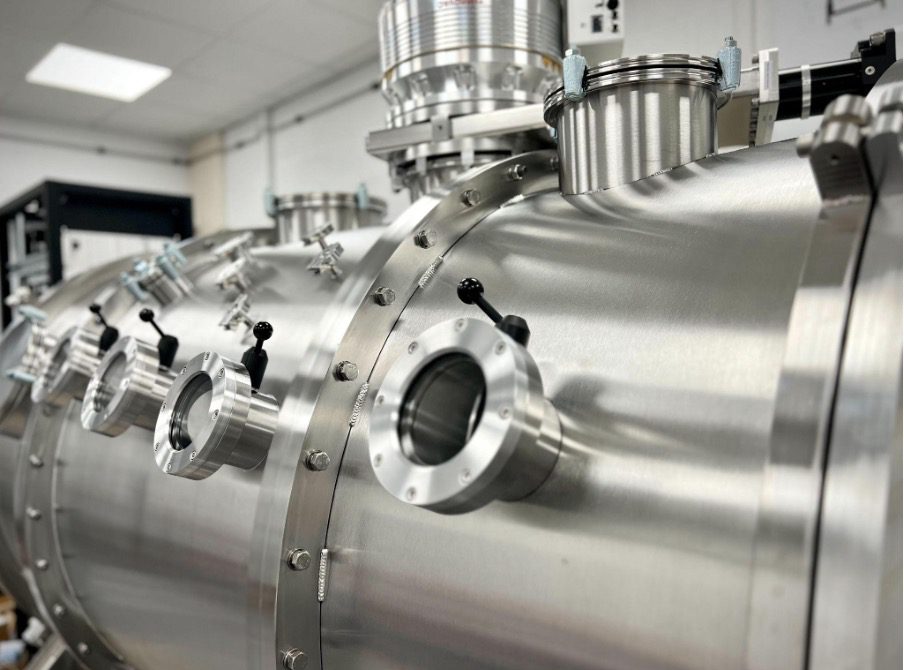The lack of air-quality monitoring capabilities across the US affects the health of millions of people and disproportionately impacts minority and low socioeconomic-status communities, say researchers in ACS’ Environmental Science & Technology Letters. Motivated by a new US Environmental Protection Agency (EPA) standard for air pollution, the team employed a model for fine-scale air pollution mapping using real-world data, and it indicates there is an urgent need to address gaps in the agency’s monitoring network.
“The national air pollution monitoring network aims to act as an umbrella to protect all Americans,” says lead author Yuzhou Wang. “But we saw that unfortunately, millions of people, especially underrecognized populations, will not receive adequate protection from the monitors. Thus, they will receive fewer benefits from the more stringent standard.”
Most of the harmful effects from outdoor air pollution in the US are linked to inhalation of fine particulate matter (PM). These suspended particles, like soot or liquid aerosol droplets, are smaller than 2.5 micrometers in diameter, garnering the designation PM2.5. In February 2024, to better protect Americans from health burdens caused by inhaling particles, the EPA adopted a more stringent standard for PM2.5.The EPA tracks compliance with air pollution standards through a network of about 1,000 costly and highly accurate monitoring stations placed in cities and towns nationwide. Prior research shows that people of color and people with low socioeconomic status living in the US are disproportionately affected by outdoor PM2.5 exposure. However, these populations have fewer monitoring stations than other areas to measure air pollutants, meaning they may not be fully protected by the tighter air pollution standards.
While the EPA is now modifying the national air pollution monitoring network to account for environmental justice, the adequacy of this network to correctly identify areas that do not meet the new air pollution standards has not been thoroughly investigated. So, researchers led by Joshua Apte used a statistical model to identify gaps in the monitoring network’s coverage across the continental U.S. The model is based on observations and geographic variables, called an empirical model, and it identifies potential areas with PM2.5 levels that exceed the agency’s new lower standard.
To assess the monitoring gaps, Apte and colleagues compared PM2.5 levels from 2017 to 2019 at both monitored and unmonitored locations, using PM2.5 level predictions from the U.S. Center for Air, Climate, and Energy Solutions and population data from the 2020 U.S. Census. Their findings revealed that the network misses pollution hotspots and underestimates exposure disparities, which highlights the need for enhanced monitoring in historically underrecognized communities. Overall, they find that:
- About 44% of highly populated metro areas in the U.S., which affect about 20 million people, have inadequate monitoring networks to comply with new EPA air quality standards.
- PM2.5 hotspots identified with monitoring data and predicted by the model have significantly higher percentages of people of color and people with low socioeconomic status compared to the overall population.
- Around 2.8 million people live in PM2.5 hotspots that are not captured by the air monitoring network.
“Fortunately, even adding 10 monitors in the right places could make a big difference in correctly identifying which cities are breathing unhealthy air,” says Apte. However, he adds that “our network of about 1,000 official regulatory air monitors is generally not well-suited for capturing exposure disparities in every city in the country. There are just too few monitors to capture every hotspot.”
The team identified metro locations to add new air pollution monitors across the U.S. that could help identify large populations that currently breathe air more polluted than the EPA’s new standards. The metro areas are in Texas, Ohio, California, Wisconsin, Pennsylvania, Missouri and Idaho.
The authors acknowledge funding from Google.org.

















